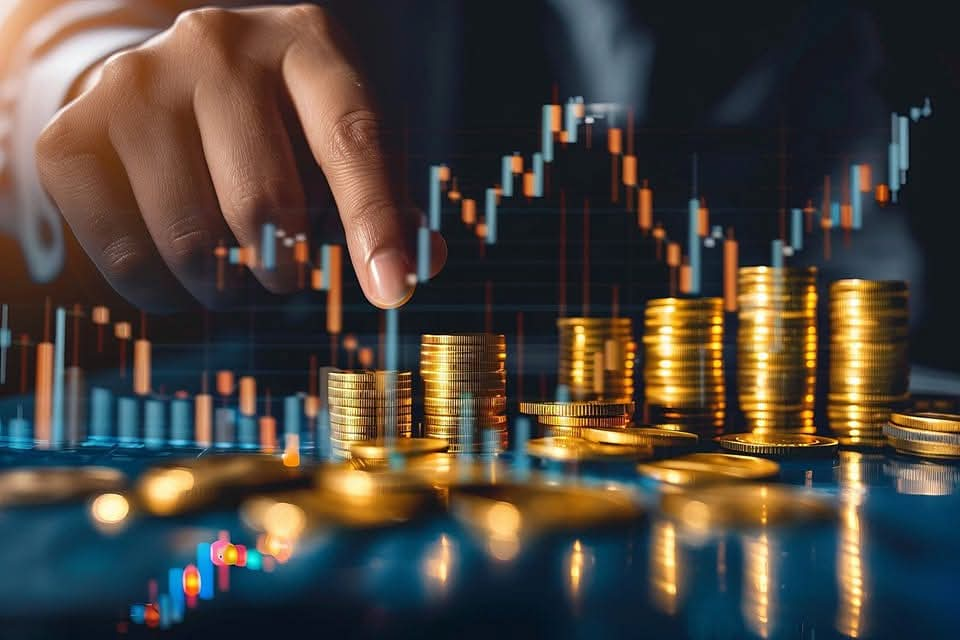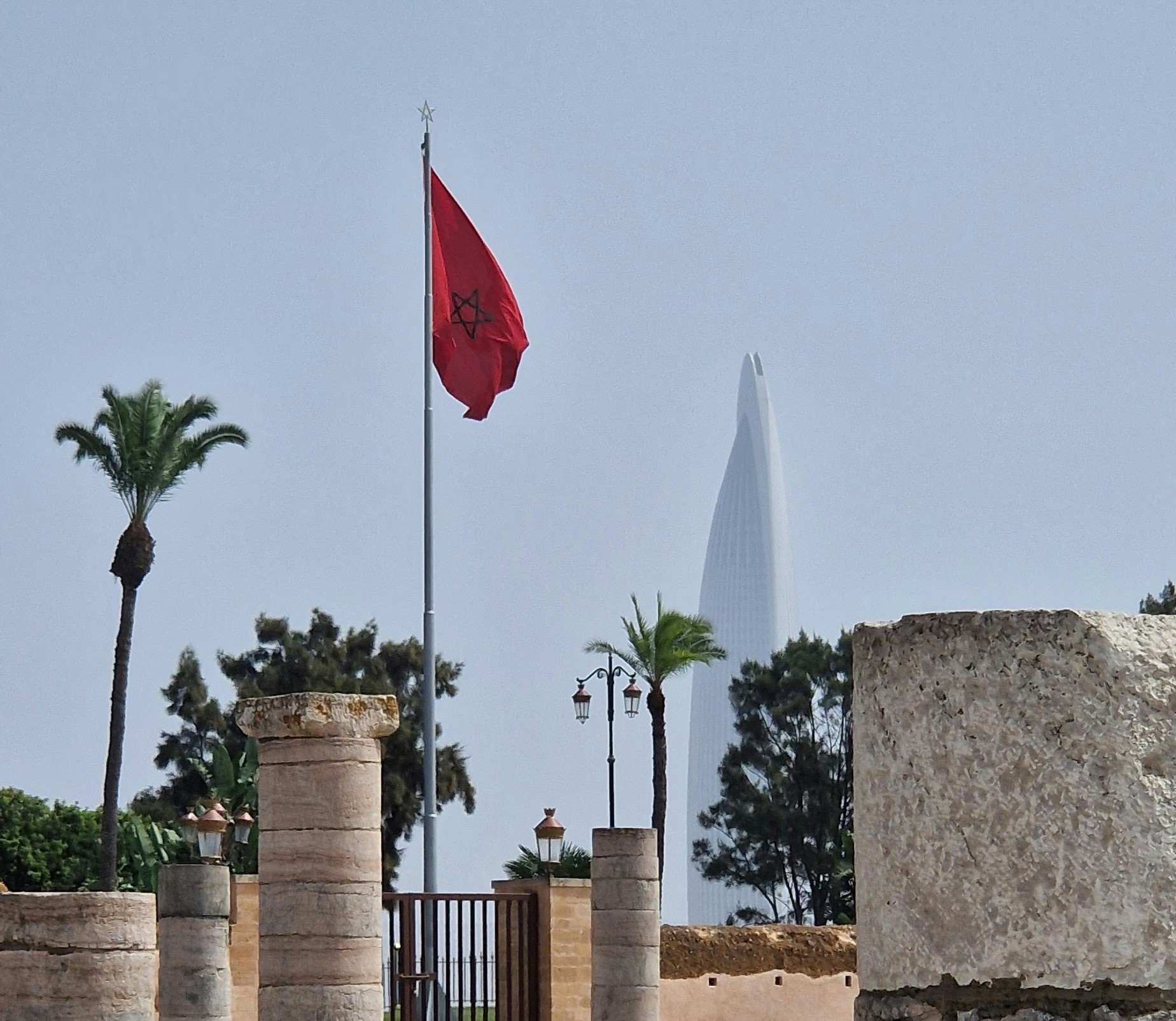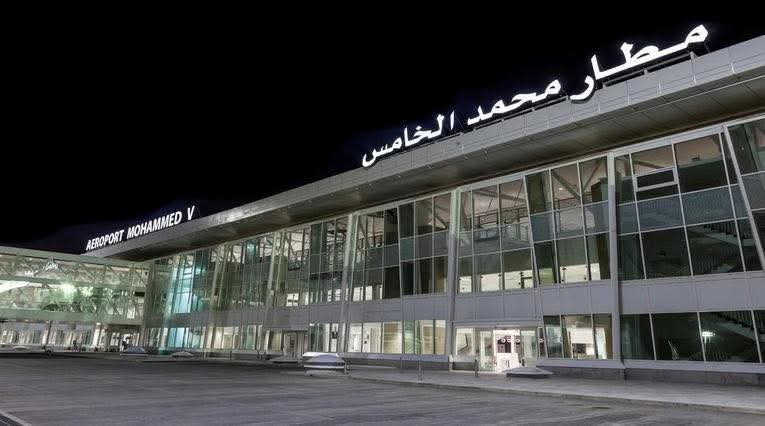Casablanca – In 2023, Morocco’s economy achieved a significant milestone with a 10% growth in Gross Domestic Product (GDP), reaching a total of $151.2 billion. This impressive performance reflects the country’s resilience amid global economic challenges, with several sectors playing key roles in driving the national growth.
Corporate sector: The engine of Growth
The backbone of Morocco’s economic expansion was the corporate sector, which includes both financial and non-financial companies. These industries contributed 45.1% to the national GDP, amounting to roughly $68.2 billion. Notably, these sectors also accounted for the majority of national savings and investments, contributing 60.6% and 55.1%, respectively. Their success underscores a robust capacity for wealth generation and reinvestment, providing a solid foundation for Morocco’s long-term economic stability.
Public sector investments surge
The public sector also played a critical role in boosting the national economy. Public administrations contributed 15.2% of GDP ($22.3 billion), a slight decrease from the previous year’s 16.3%. However, their involvement in infrastructure and public works was marked by a notable increase in investments. Their share of gross fixed capital formation, which measures public investment in long-term assets, surged to 16.4%, reflecting a sustained effort to enhance the country’s infrastructure and development projects.
Household sector: A steady contributor with improved financial health
Households and nonprofit institutions serving households (NPISHs) remained significant contributors to Morocco’s economy, making up 29.6% of the GDP ($43.3 billion). The disposable income available to households rose by 9.6% in 2023, reaching approximately $102.5 billion. This increase resulted in a modest improvement in household purchasing power, which rebounded by 2.4 points after a dip the previous year, reflecting growing economic stability for Moroccan families.
Investments drive national growth
Investments in Morocco saw a positive trend, with Gross Fixed Capital Formation (GFCF) rising by 4.8% to reach $38.3 billion. Public administrations played a leading role in this growth, increasing investments by an impressive 24.4%. Households also contributed significantly, with their share of GFCF climbing to 28.5%, indicating their continued role in supporting the country’s overall investment climate.
Financial stability: A remarkable achievement
Morocco achieved a notable reduction in its financing needs in 2023, with the deficit shrinking to just 0.6% of GDP ($907 million), down from 3.6% the previous year. This improvement reflects better resource management and a more balanced approach to national finances, with substantial contributions from both households and corporations.
A year of transformation for Morocco’s economy
The year 2023 marked a transformative year for Morocco, with rising investments, improved financial health for households, and a stronger public sector focus on development. The corporate sector’s performance, combined with strategic public sector investments and positive household income trends, showcases Morocco’s ability to maintain sustainable growth, even in the face of global uncertainties. The country’s diverse and dynamic economy is poised for continued progress in the years to come.
















